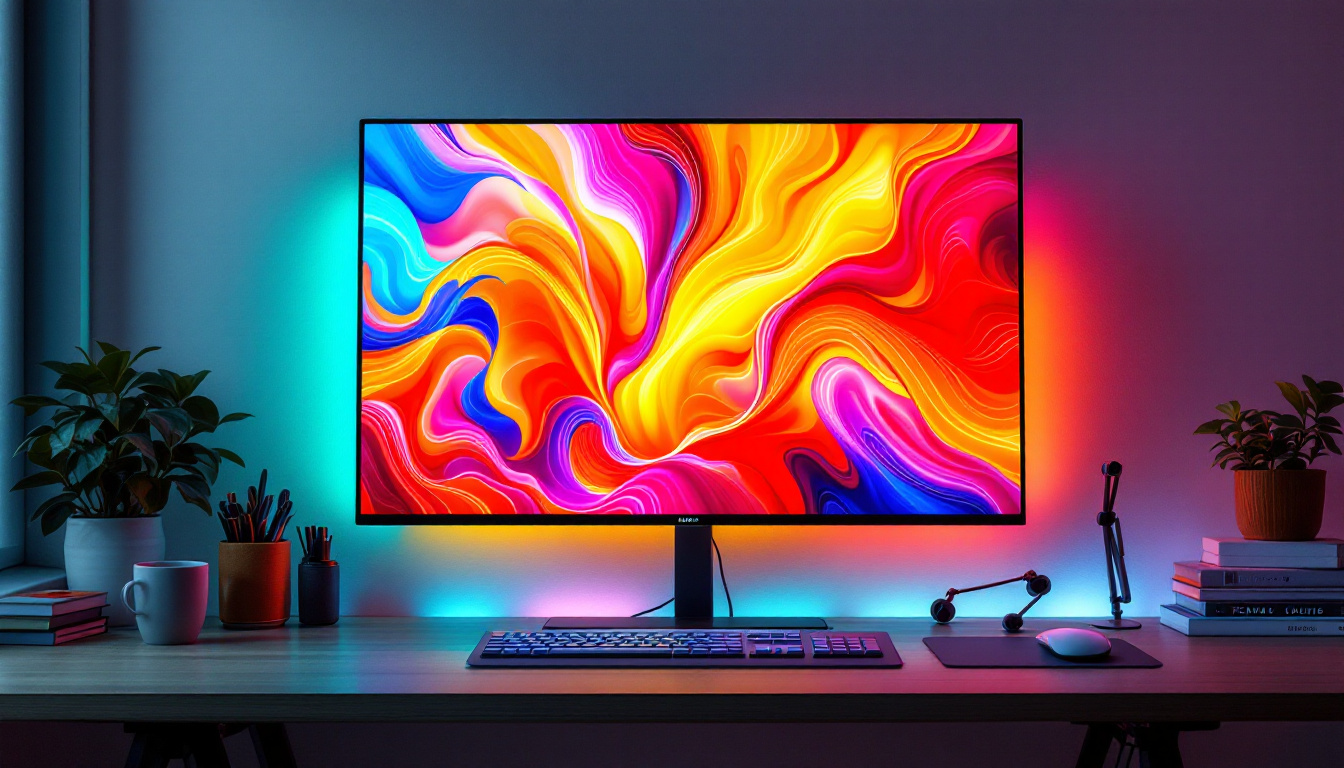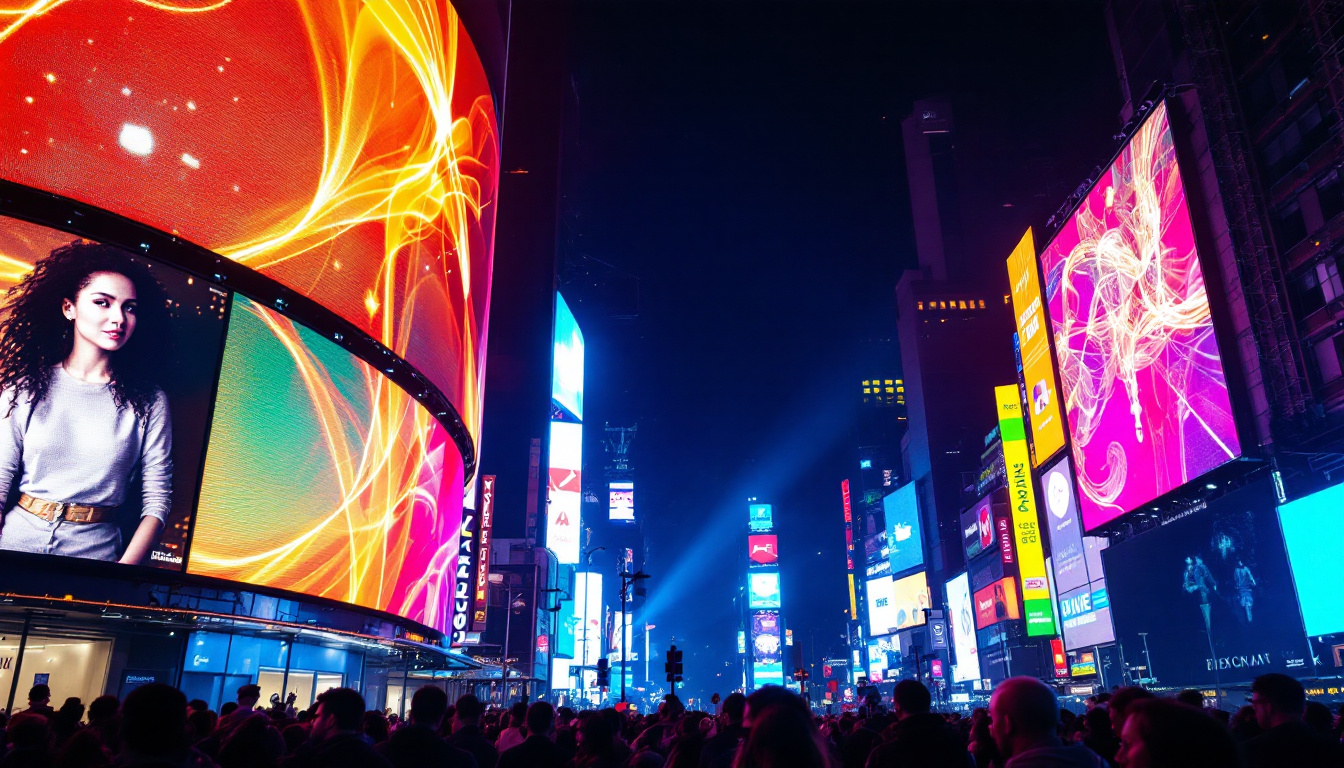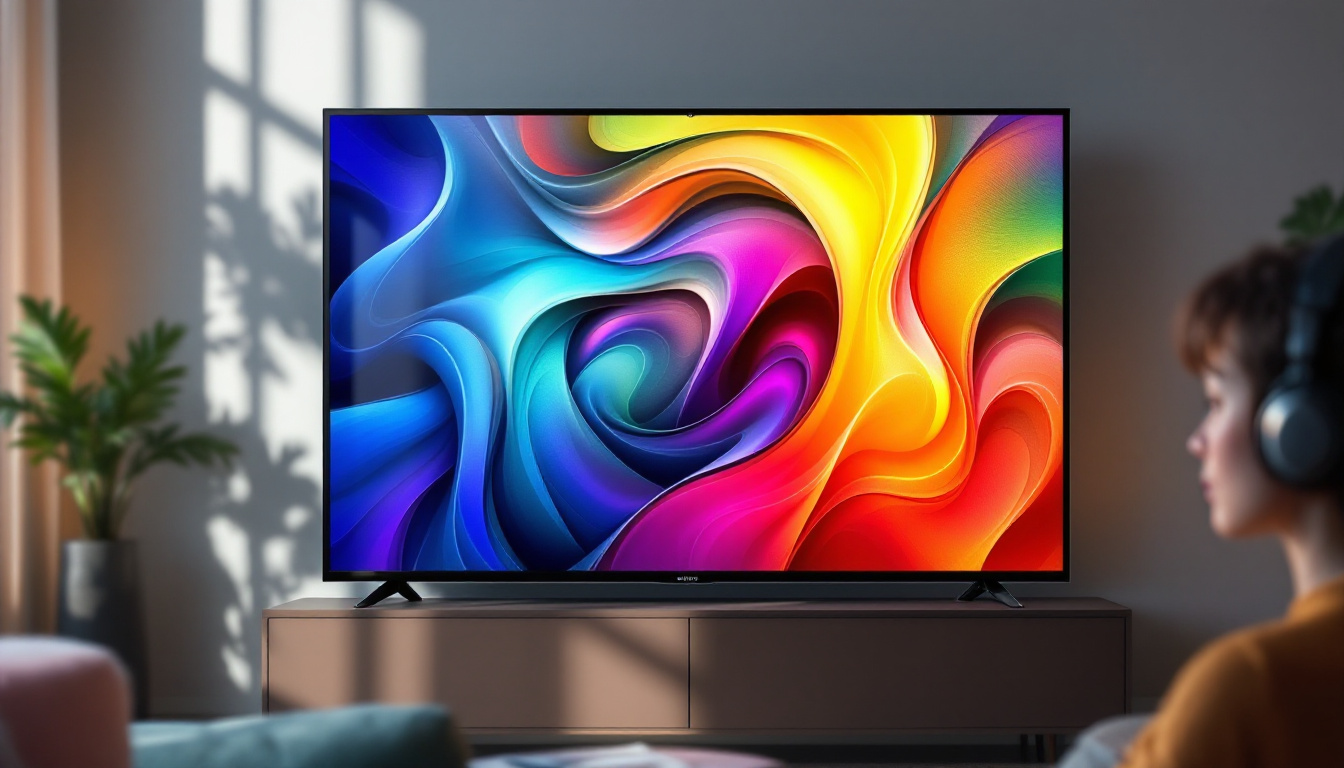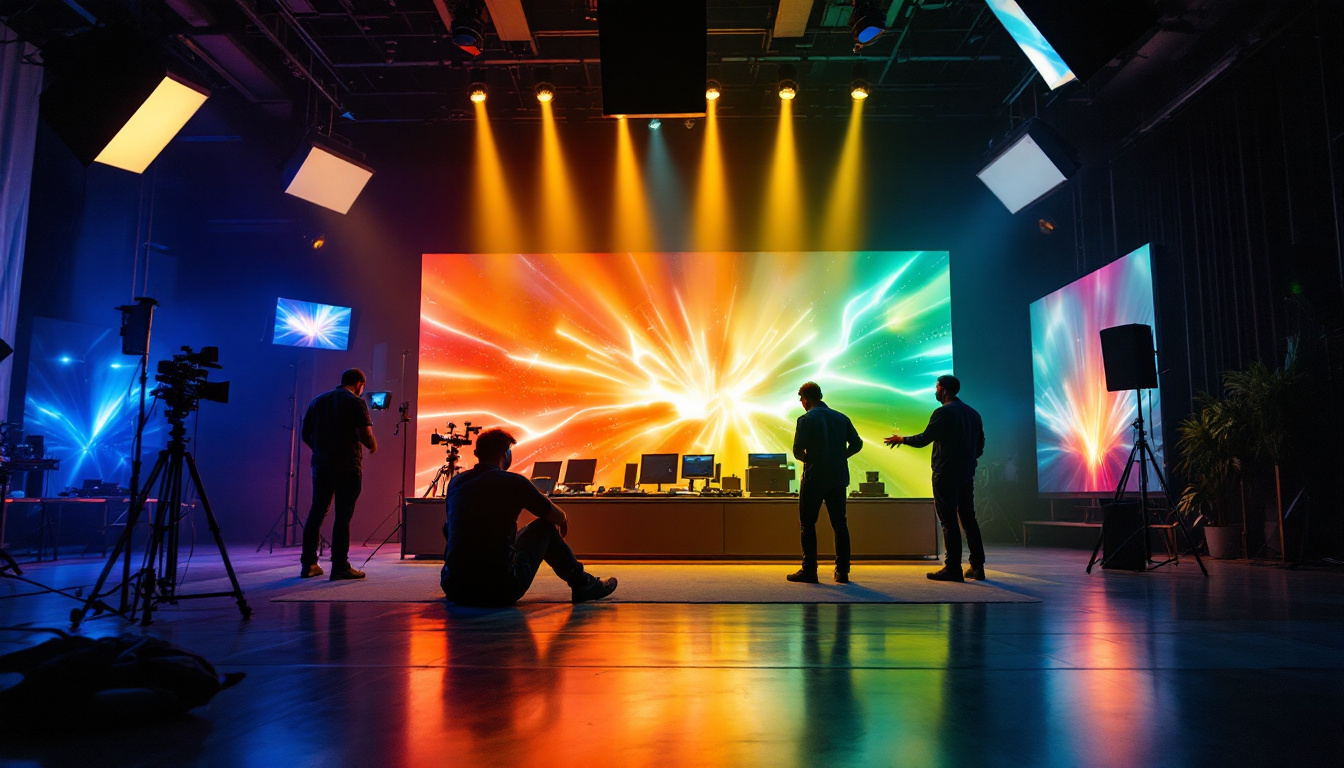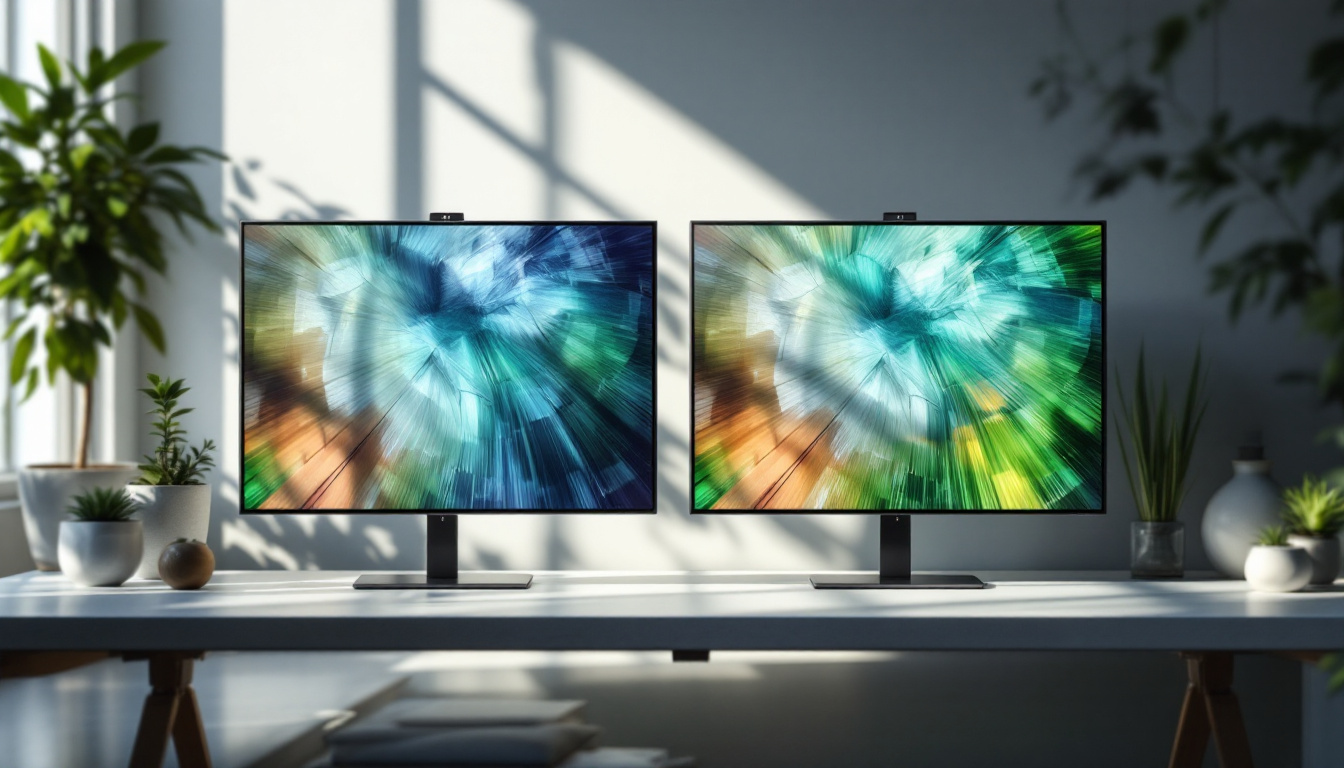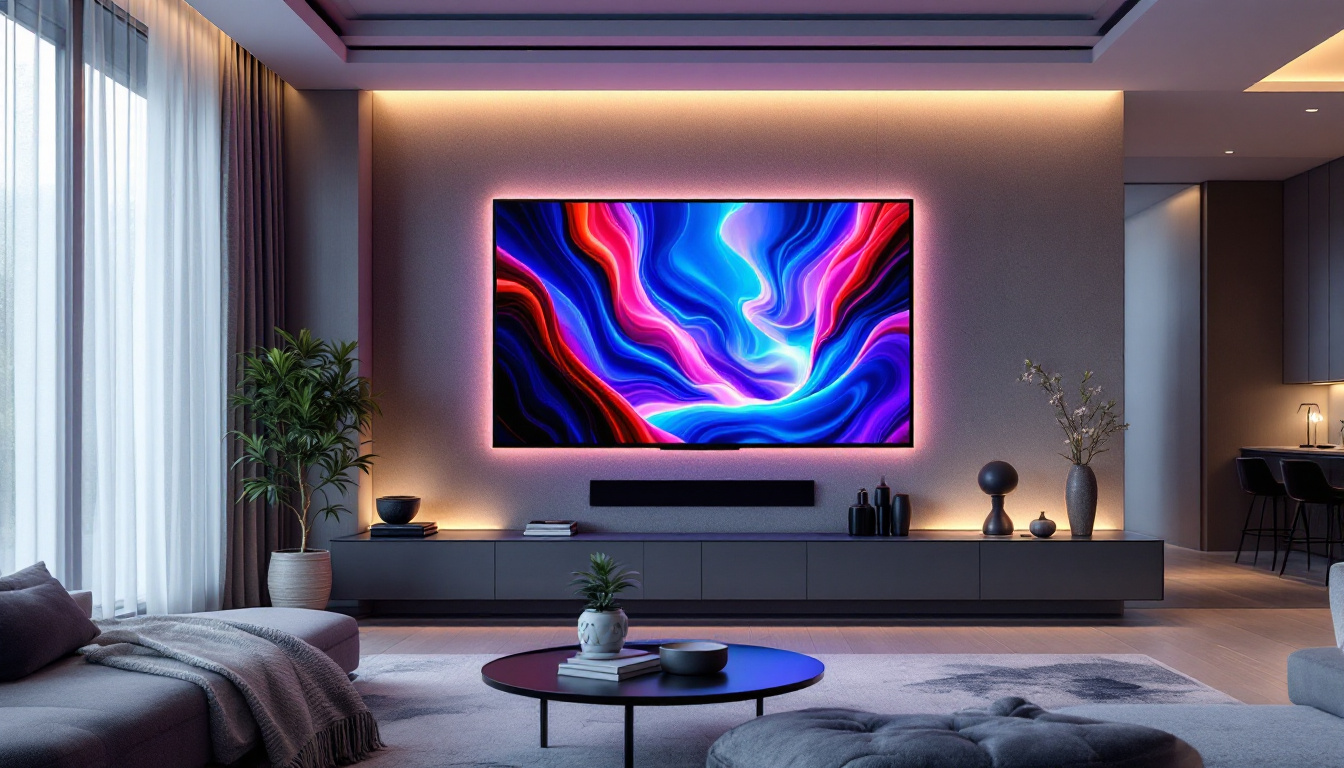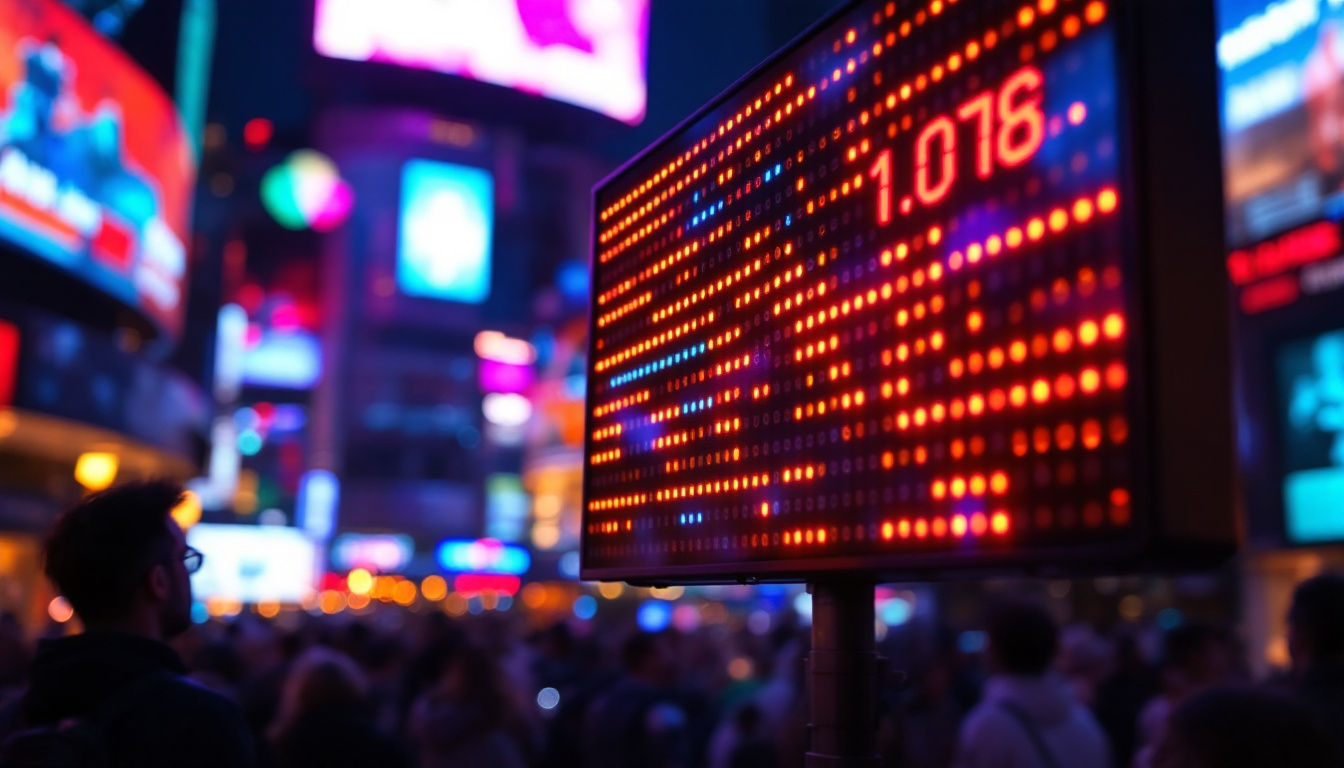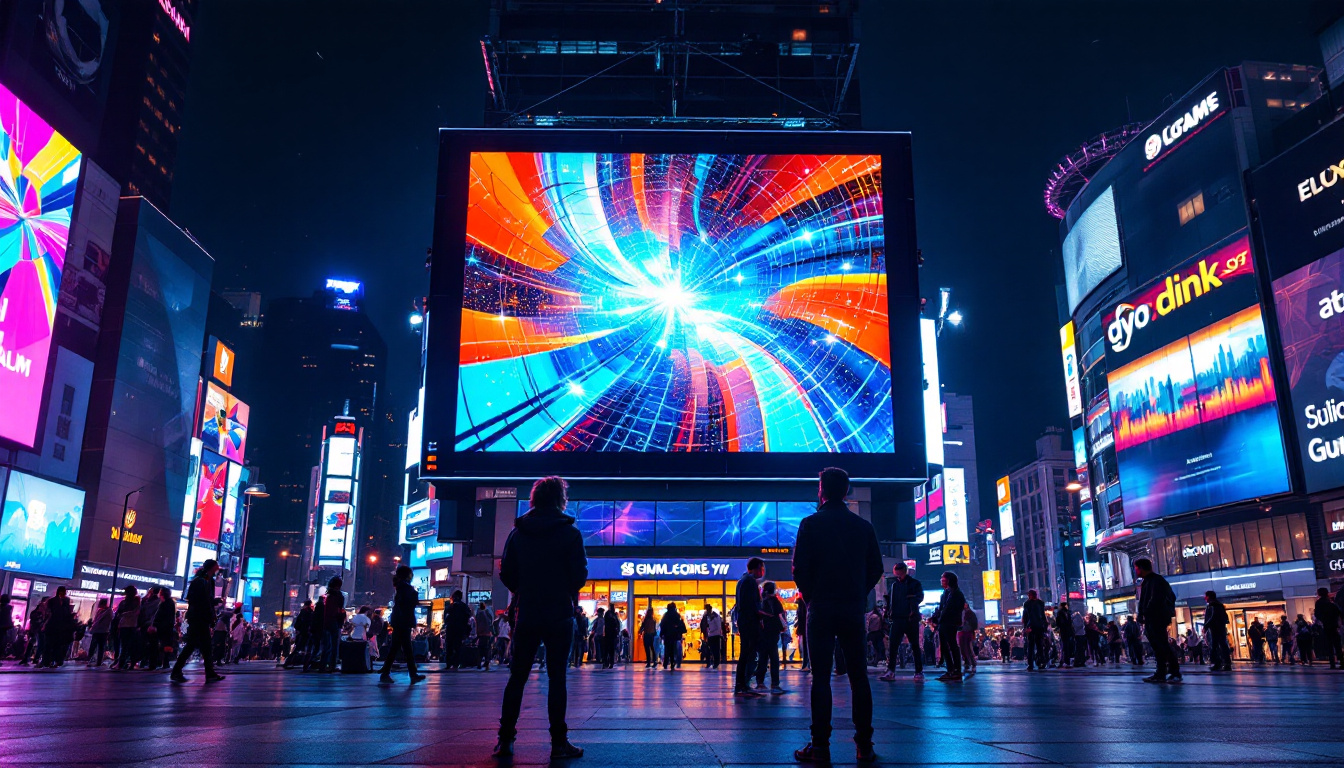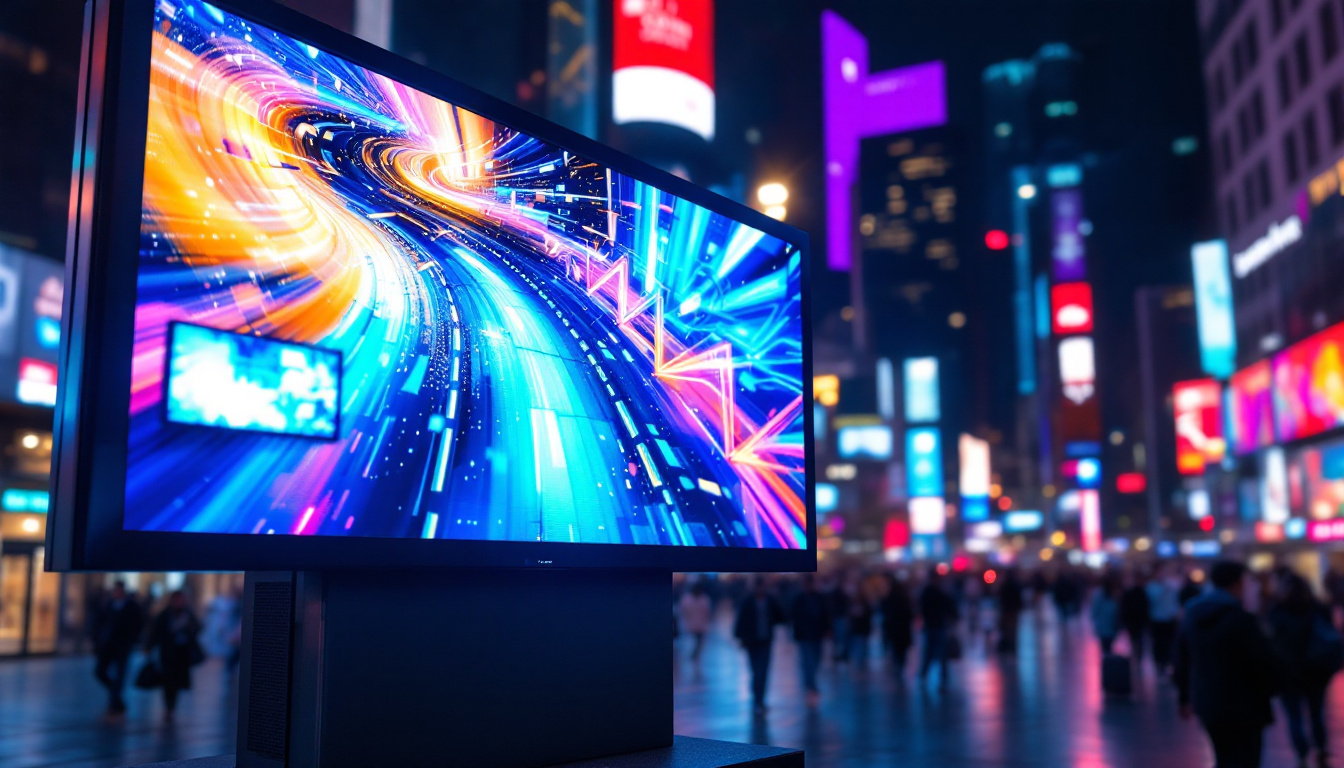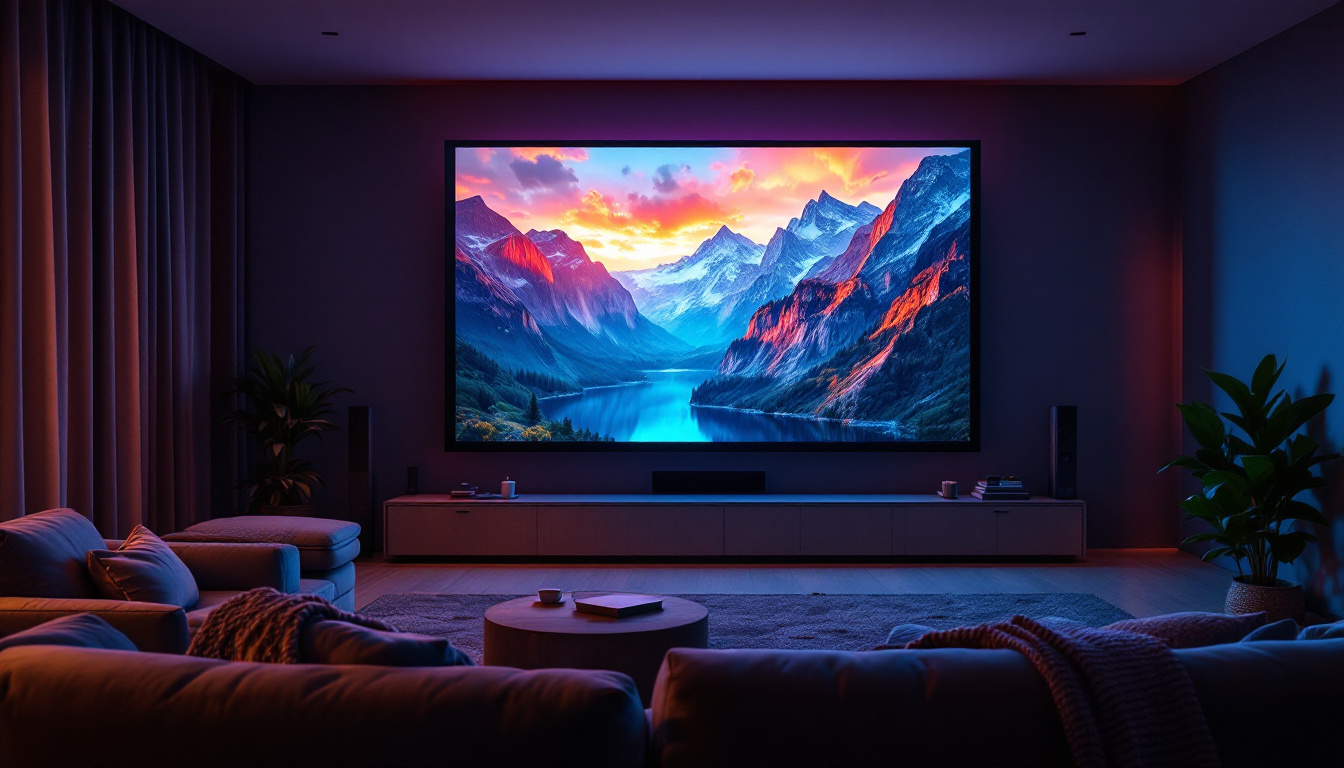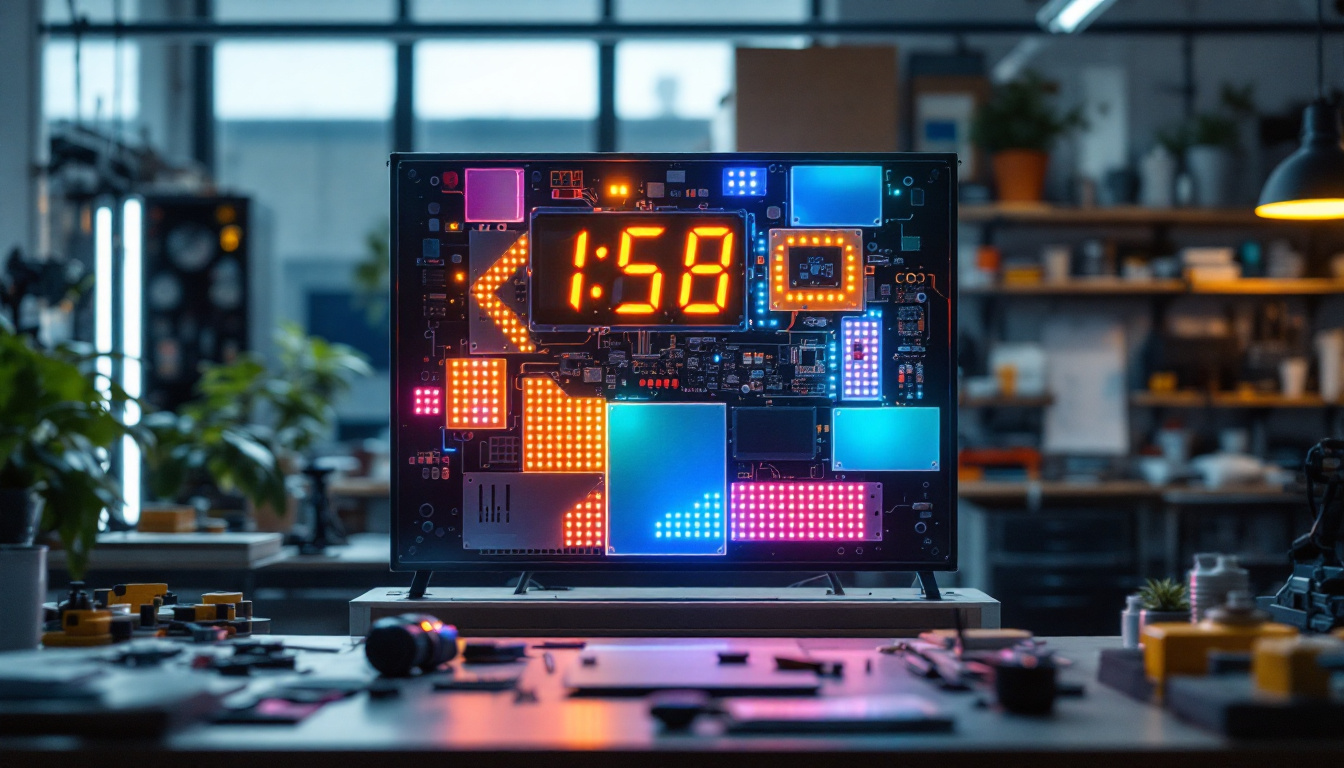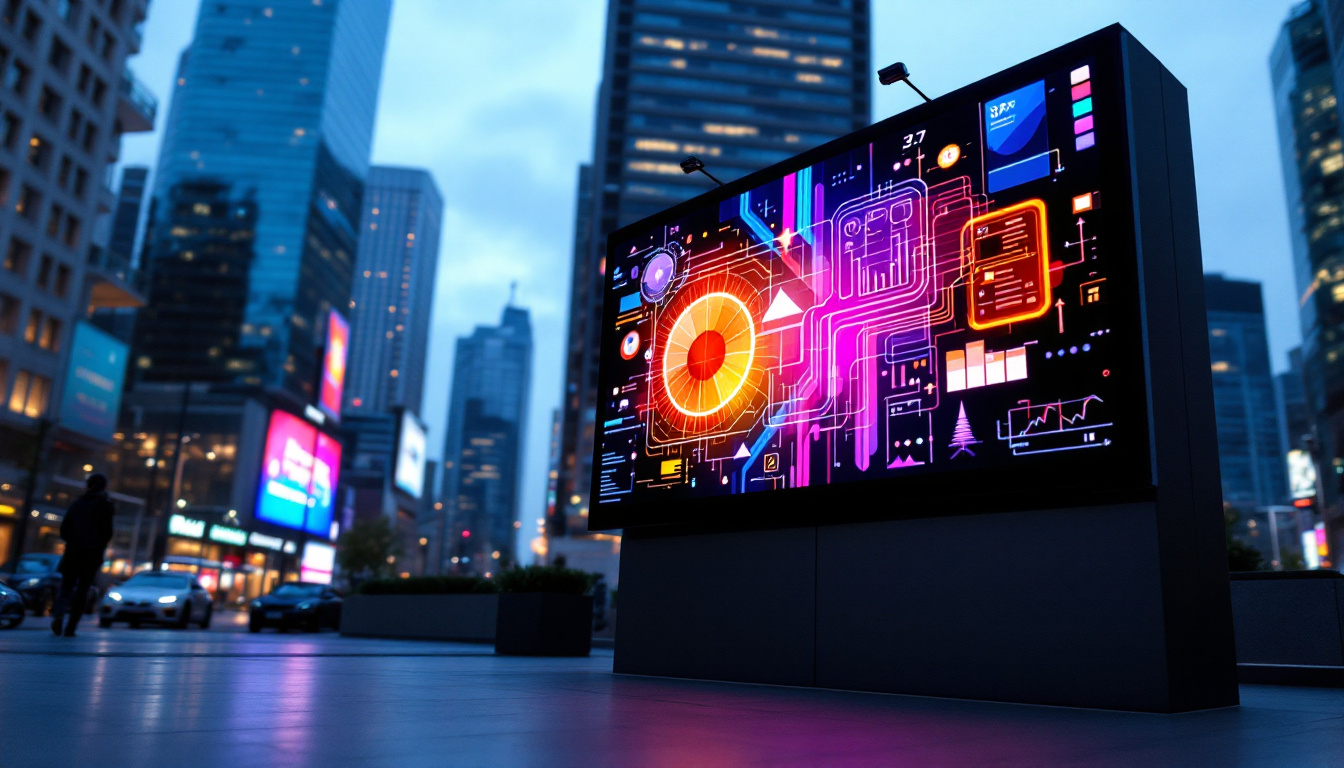In the rapidly evolving world of technology, LED displays have emerged as a transformative force in various sectors, from advertising to personal use. One particular application of LED technology that has gained significant traction is the desktop wall display. This article delves into the intricacies of desktop wall LED displays, exploring their features, benefits, and applications.
Understanding LED Technology
Light Emitting Diode (LED) technology is at the heart of modern display solutions. Unlike traditional display technologies, LEDs offer numerous advantages, including energy efficiency, brightness, and longevity. Understanding how these elements work together is crucial for appreciating the capabilities of desktop wall displays.
How LEDs Work
LEDs are semiconductor devices that emit light when an electric current passes through them. This process, known as electroluminescence, allows LEDs to produce bright and vibrant colors. The technology has advanced significantly, leading to the development of various types of LEDs, including RGB (Red, Green, Blue) configurations that can create a wide spectrum of colors.
In desktop wall displays, multiple LEDs are arranged in a matrix format, allowing for high-resolution images and videos. The arrangement and density of these LEDs determine the overall quality and clarity of the display, making it essential to choose the right configuration for specific applications. Furthermore, advancements in LED technology have led to the emergence of micro-LED and mini-LED displays, which offer even finer pixel pitches and improved color accuracy, enhancing the viewing experience for users.
Benefits of LED Displays
LED displays offer numerous advantages over traditional display technologies. One of the most significant benefits is their energy efficiency. LEDs consume less power than conventional displays, resulting in lower operational costs and a reduced environmental impact.
Additionally, LED displays are known for their brightness and visibility. They can be easily viewed in various lighting conditions, making them ideal for both indoor and outdoor applications. Their durability and longevity also contribute to their appeal, as they can withstand harsh environments and have a longer lifespan compared to other display technologies. Moreover, the low heat emission of LEDs means that they require less cooling, further enhancing their energy efficiency and making them suitable for continuous operation in demanding settings, such as control rooms or broadcast studios. This combination of performance and resilience makes LED displays a preferred choice for a wide range of industries, from retail to entertainment.
Features of Desktop Wall Displays
Desktop wall displays are designed to provide an immersive viewing experience. Their features cater to a wide range of applications, from business presentations to gaming and entertainment. Understanding these features can help users make informed decisions when selecting a display solution.
High Resolution and Clarity
One of the standout features of desktop wall displays is their high resolution. Many models offer 4K or even 8K resolution, providing crystal-clear images that enhance the viewing experience. This level of clarity is particularly beneficial for applications that require detailed visuals, such as graphic design, video editing, and gaming.
The pixel density of desktop wall displays plays a crucial role in their clarity. A higher pixel density means that images appear sharper and more detailed, which is essential for professional applications where precision is key.
Modular Design
Many desktop wall displays feature a modular design, allowing users to customize the size and shape of their display. This flexibility enables users to create a setup that best fits their workspace and viewing needs. Whether it’s a large, seamless display for presentations or a multi-screen configuration for gaming, the modularity of these displays makes them adaptable to various environments.
Enhanced Connectivity Options
Modern desktop wall displays come equipped with a range of connectivity options, making it easy to integrate them into existing setups. Common connectivity features include HDMI, DisplayPort, and USB-C, allowing users to connect multiple devices seamlessly.
Some displays also support wireless connectivity, enabling users to stream content directly from their devices without the need for cables. This feature enhances convenience and reduces clutter, making the workspace more organized.
Applications of Desktop Wall Displays
The versatility of desktop wall displays makes them suitable for a wide array of applications across different industries. From corporate environments to educational institutions, these displays are becoming increasingly popular for their ability to enhance communication and collaboration.
Corporate Use
In corporate settings, desktop wall displays are often used for presentations, video conferencing, and collaborative work. Their high resolution and large screen size make them ideal for showcasing complex data and visuals during meetings. Additionally, the ability to connect multiple devices allows for seamless collaboration among team members.
Moreover, desktop wall displays can be used for digital signage within corporate environments, displaying important information, announcements, or promotional content to employees and visitors alike.
Education and Training
Educational institutions are increasingly adopting desktop wall displays for classrooms and training rooms. These displays can facilitate interactive learning experiences, allowing educators to present multimedia content in a captivating manner. Students can engage more effectively with visual aids, enhancing their understanding of complex concepts.
Furthermore, desktop wall displays can be used for remote learning, enabling educators to connect with students in different locations. This capability has become particularly important in the wake of the global pandemic, as institutions seek to maintain educational continuity through technology.
Entertainment and Gaming
For entertainment enthusiasts and gamers, desktop wall displays offer an unparalleled viewing experience. The immersive visuals provided by high-resolution displays can elevate gaming sessions, making them more engaging and enjoyable. Many gamers opt for multi-screen setups to enhance their field of view, providing a competitive edge in fast-paced gaming environments.
Additionally, desktop wall displays are ideal for home theaters, allowing users to enjoy movies and shows with stunning clarity and vibrant colors. The versatility of these displays makes them a popular choice for both casual viewers and serious cinephiles.
Choosing the Right Desktop Wall Display
With a plethora of options available in the market, selecting the right desktop wall display can be a daunting task. Several factors should be considered to ensure that the chosen display meets the specific needs of the user.
Assessing Space and Size
Before making a purchase, it is essential to assess the available space for the display. Desktop wall displays come in various sizes, and selecting one that fits the intended location is crucial. A display that is too large may overwhelm a small room, while a display that is too small may not provide the desired impact.
Additionally, consider the viewing distance. The optimal size of the display often depends on how far users will be sitting from it. A larger display may be necessary for larger rooms or when viewers are seated farther away.
Resolution and Performance
When choosing a desktop wall display, resolution and performance are critical factors to consider. Higher resolutions, such as 4K or 8K, offer better image quality and detail, making them ideal for professional applications. However, it is essential to balance resolution with the capabilities of the devices that will be connected to the display.
Moreover, consider the refresh rate and response time, especially for gaming or fast-moving visuals. A higher refresh rate can result in smoother motion, enhancing the overall viewing experience.
Budget Considerations
Budget is often a significant factor when selecting a desktop wall display. Prices can vary widely based on features, size, and brand. It is essential to establish a budget before beginning the search and to prioritize features that are most important for the intended use.
While it may be tempting to opt for the most affordable option, investing in a quality display can yield better long-term results. A well-built display can provide years of reliable performance, making it a worthwhile investment.
Future of Desktop Wall Displays
The future of desktop wall displays looks promising, with continuous advancements in technology paving the way for even more innovative solutions. As the demand for high-quality visual experiences grows, manufacturers are likely to introduce new features and improvements that enhance functionality and usability.
Integration with Smart Technology
One of the most exciting trends in the future of desktop wall displays is the integration with smart technology. As smart homes and offices become more prevalent, displays that can connect and interact with other smart devices will be in high demand. This integration can lead to enhanced functionality, allowing users to control various aspects of their environment through their displays.
For instance, imagine a desktop wall display that can adjust its brightness based on the ambient light in the room or one that can display notifications from connected devices. Such advancements will make desktop wall displays even more versatile and user-friendly.
Advancements in Display Technology
As technology continues to evolve, new display technologies are emerging that promise to enhance the capabilities of desktop wall displays. Innovations such as MicroLED and OLED technologies offer improved color accuracy, contrast, and energy efficiency. These advancements are likely to lead to even more stunning visual experiences in the future.
Moreover, as 8K content becomes more widely available, the demand for displays that can support such high resolutions will increase. Manufacturers will need to keep pace with these trends to meet consumer expectations.
Conclusion
Desktop wall displays represent a significant advancement in display technology, offering a range of features and benefits that cater to various applications. From corporate environments to entertainment, these displays provide an immersive experience that enhances communication and engagement.
As technology continues to evolve, the future of desktop wall displays looks bright. With advancements in display technology and integration with smart devices, users can expect even more innovative solutions that enhance their visual experiences. Whether for professional use or personal enjoyment, desktop wall displays are set to become an integral part of modern life.
Explore Cutting-Edge LED Displays with LumenMatrix
Ready to elevate your visual experience with the latest in LED display technology? Look no further than LumenMatrix, a pioneer in crafting immersive LED display modules that transform any space into a dynamic environment. Whether you’re in need of an Indoor LED Wall Display for your corporate office, an Outdoor LED Wall Display for impactful advertising, or any of our specialized solutions like Vehicle LED Displays and Custom LED Displays, LumenMatrix has you covered. Embrace the future of visual communication and captivate your audience with unparalleled clarity and engagement. Check out LumenMatrix LED Display Solutions today and see your vision come to life.

